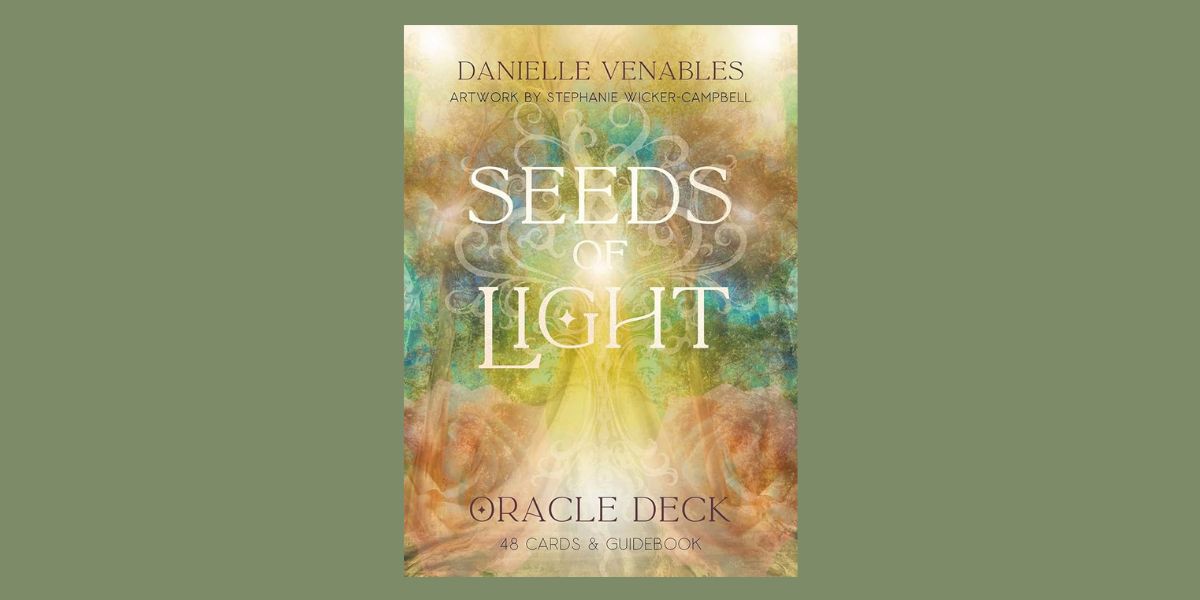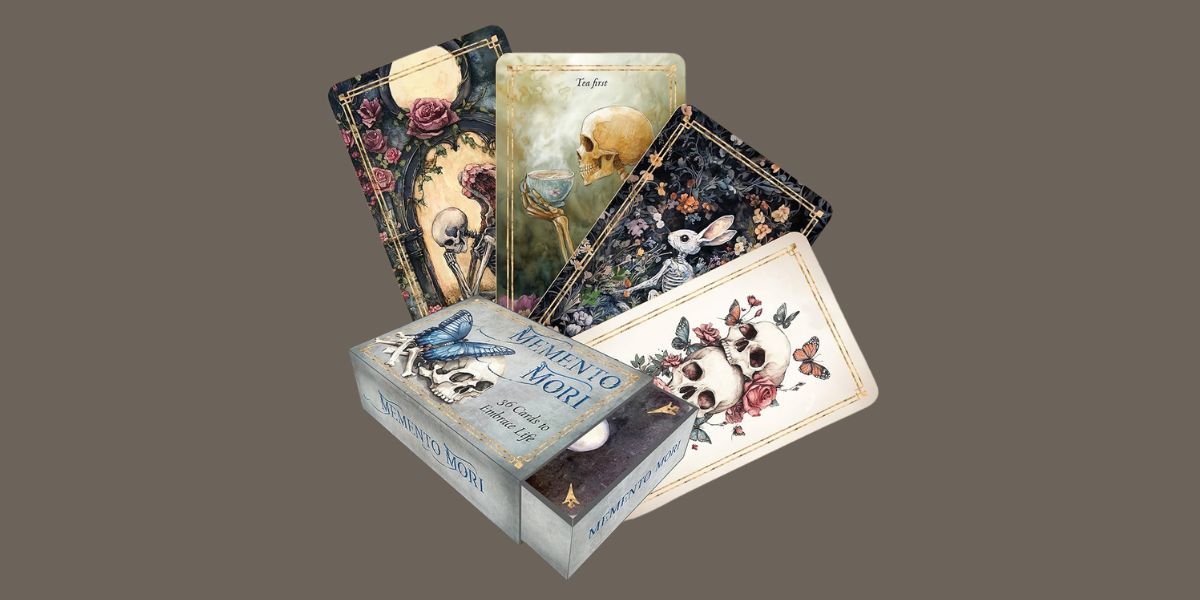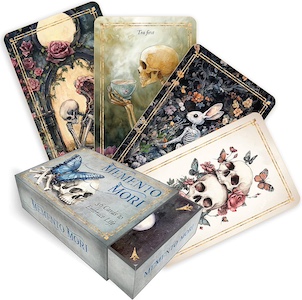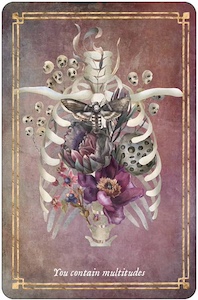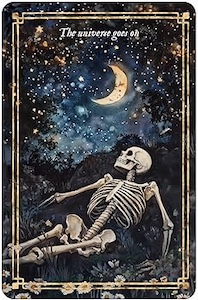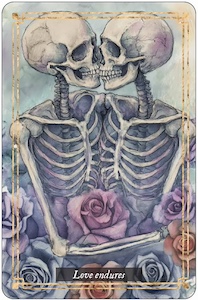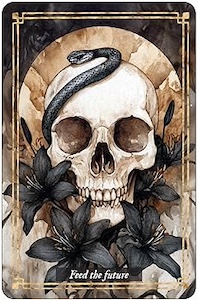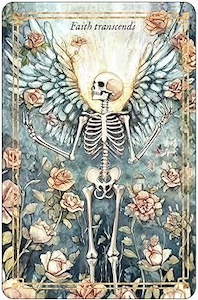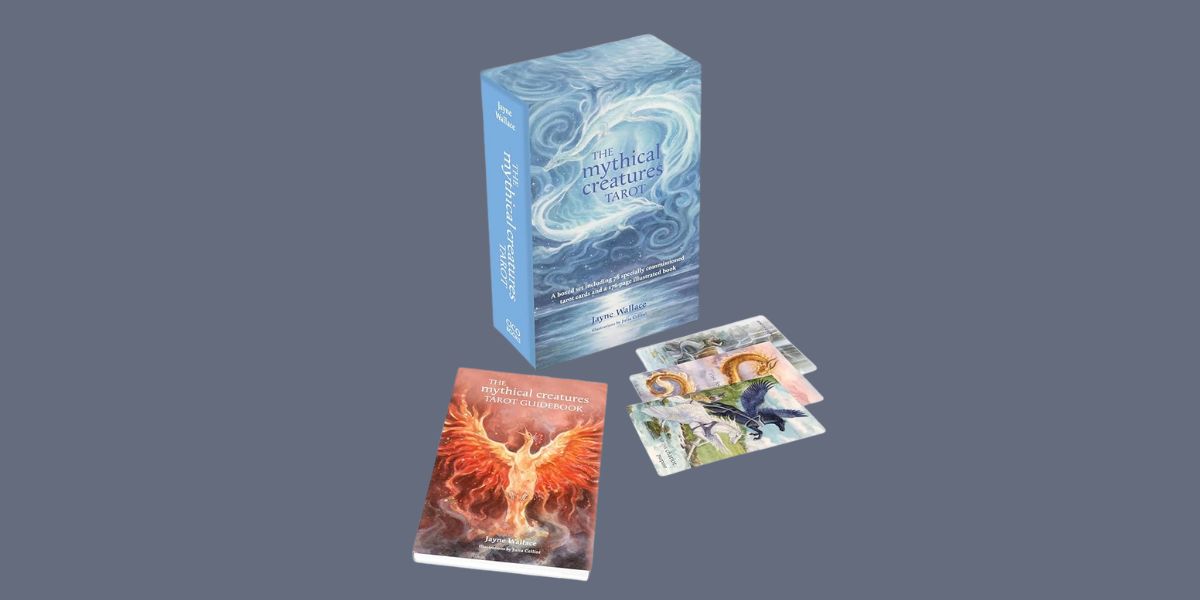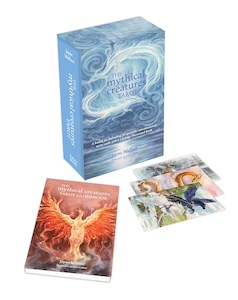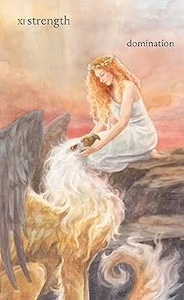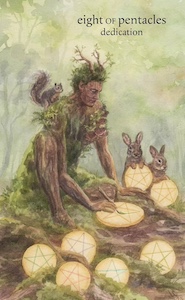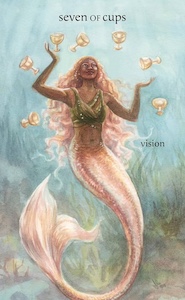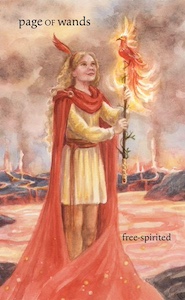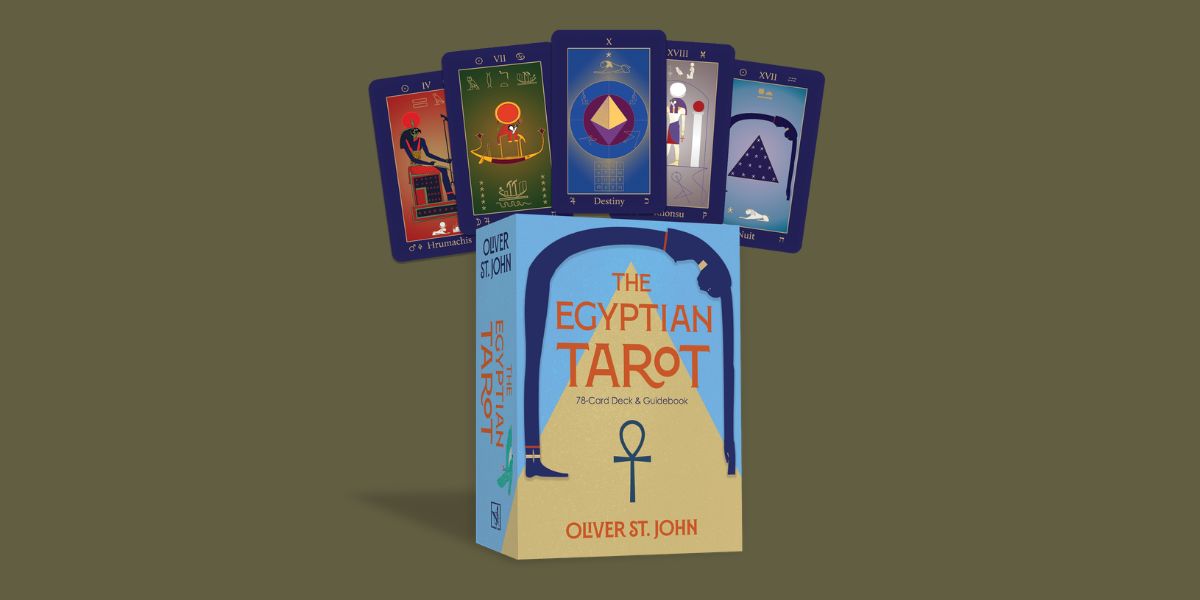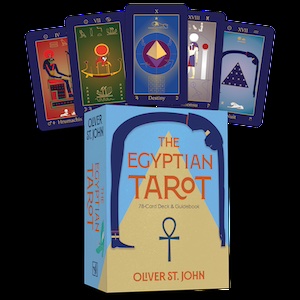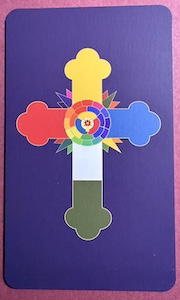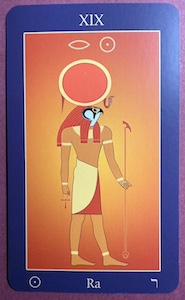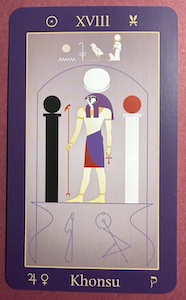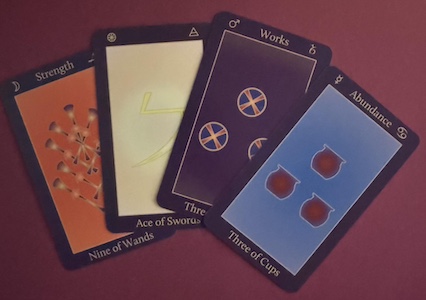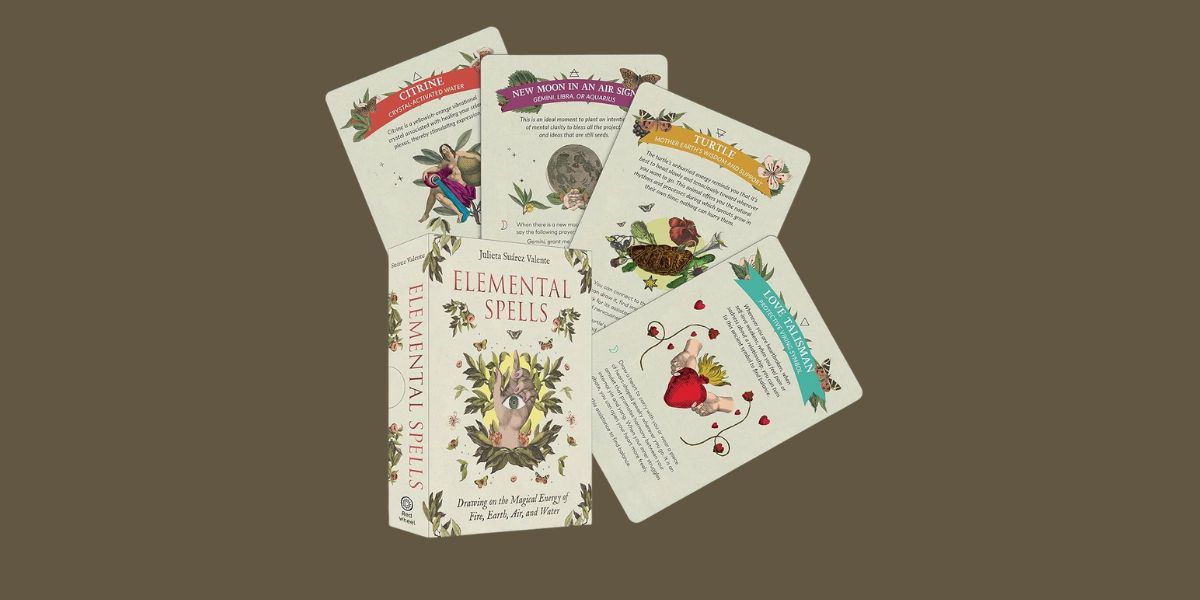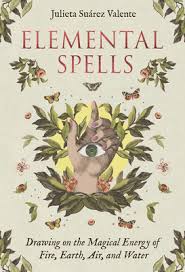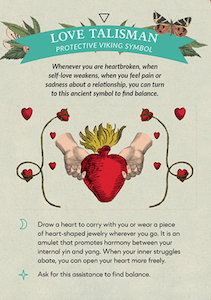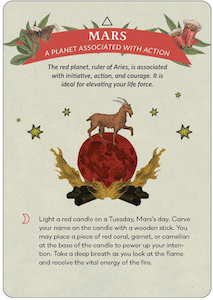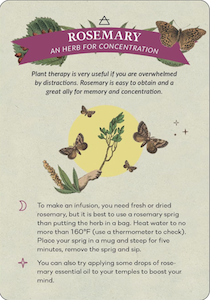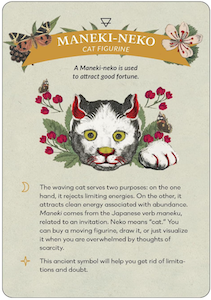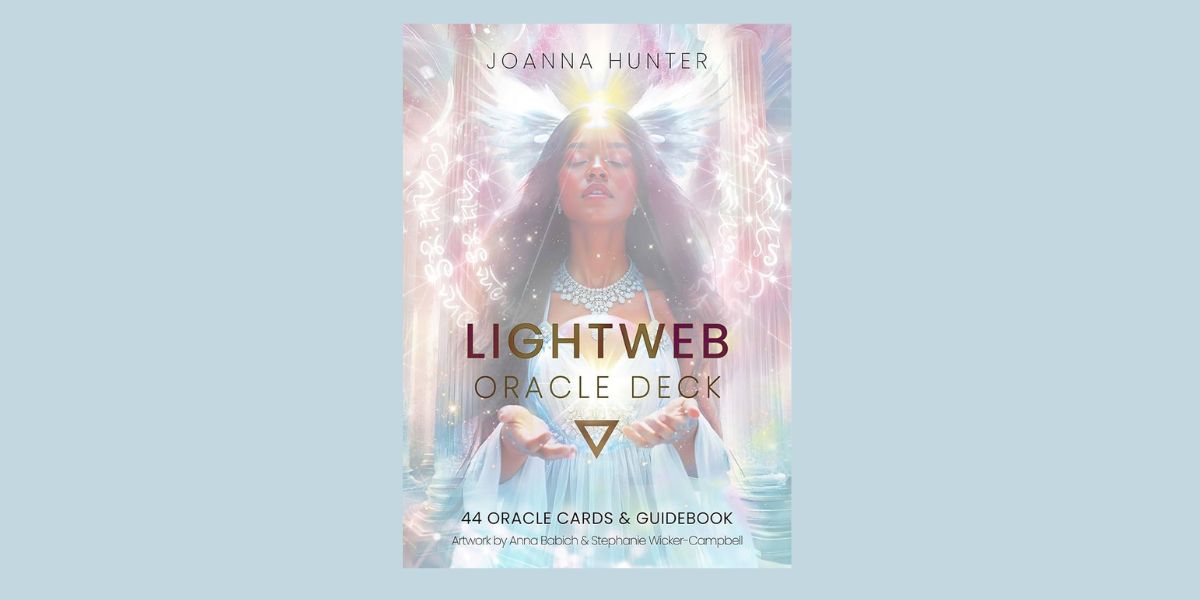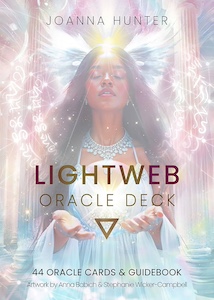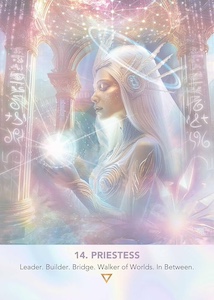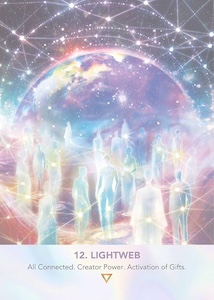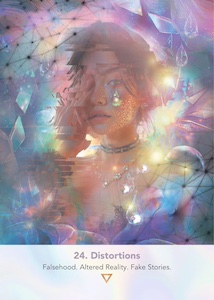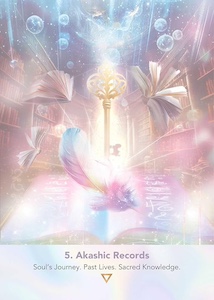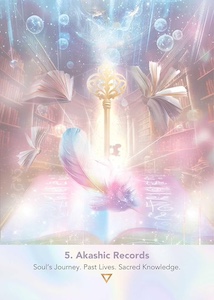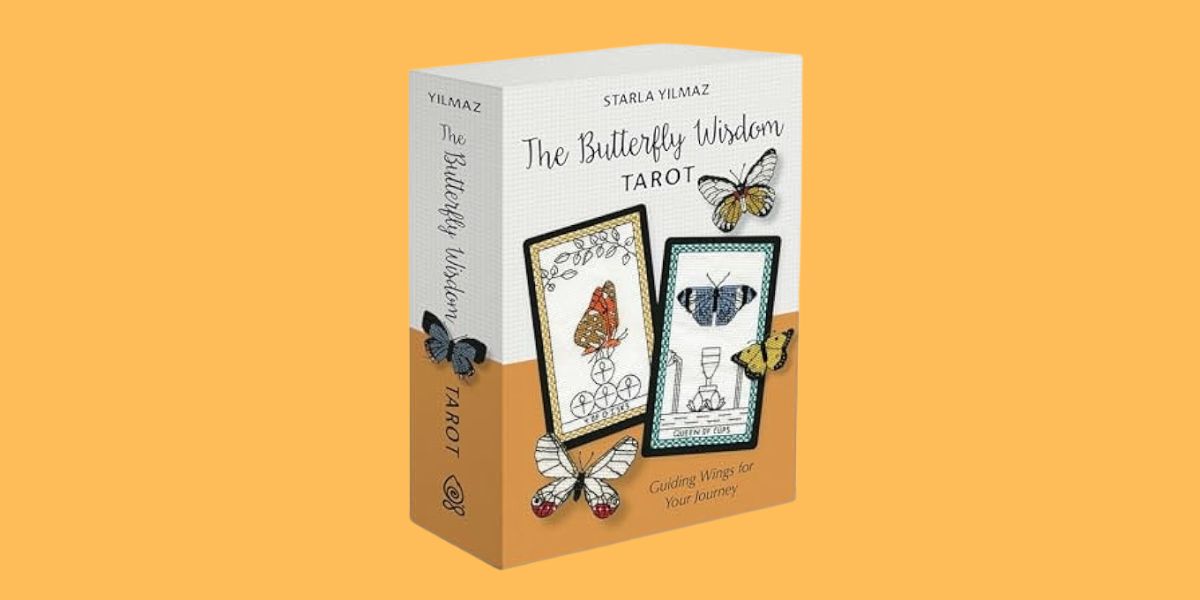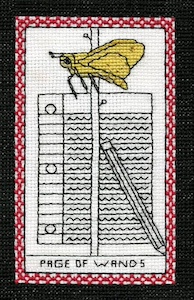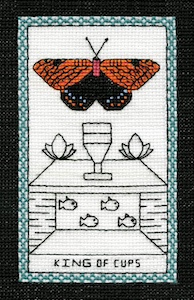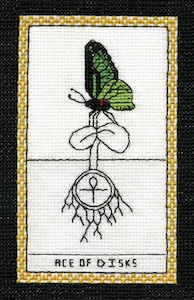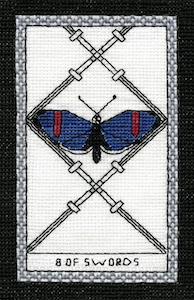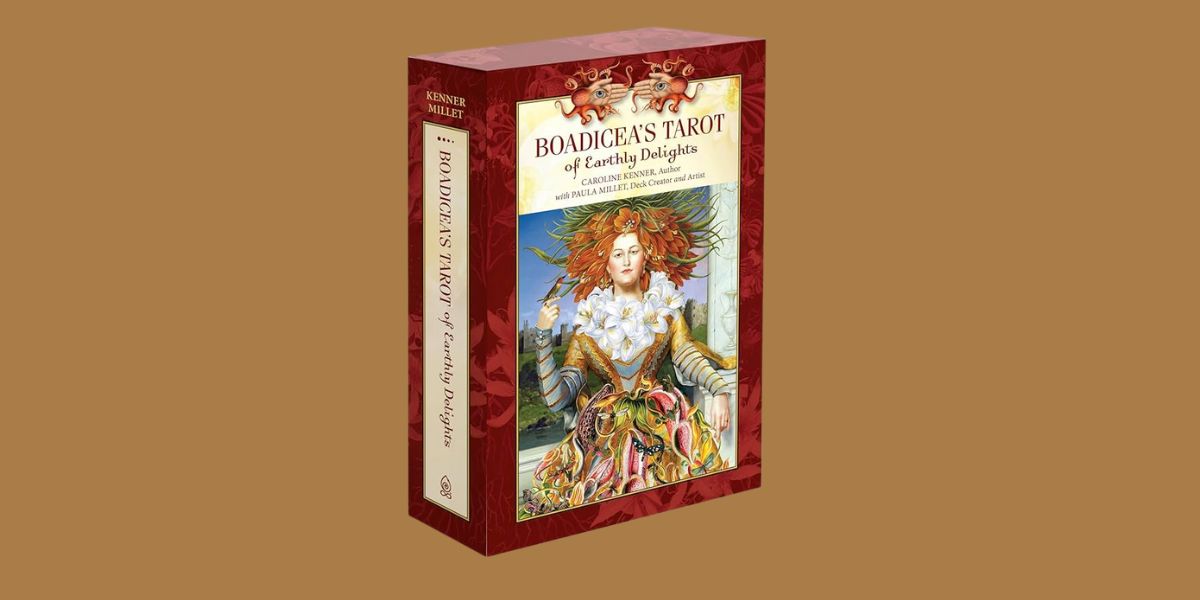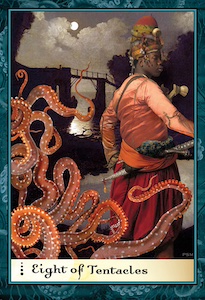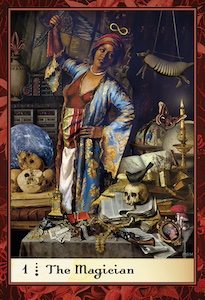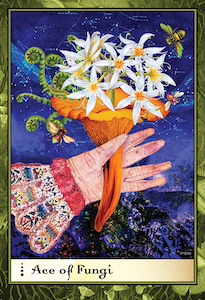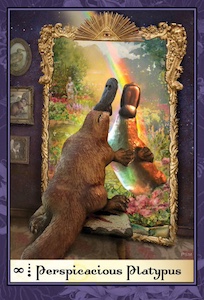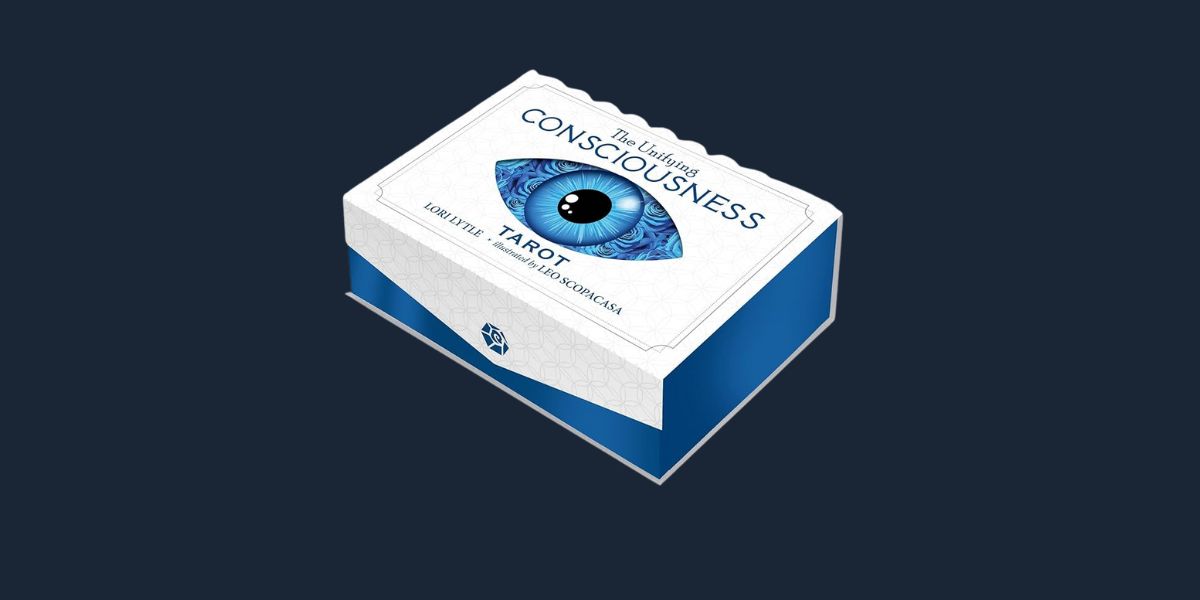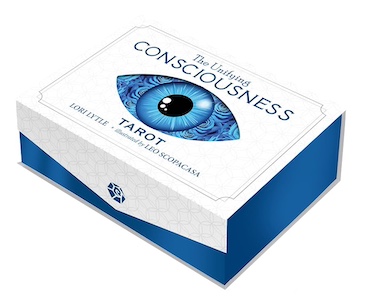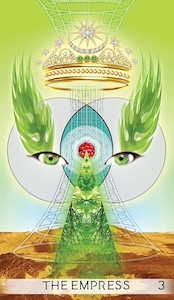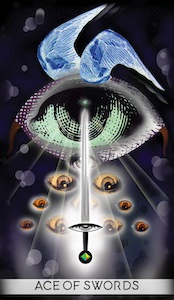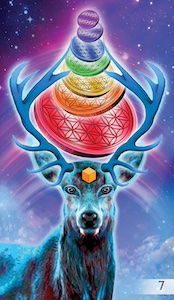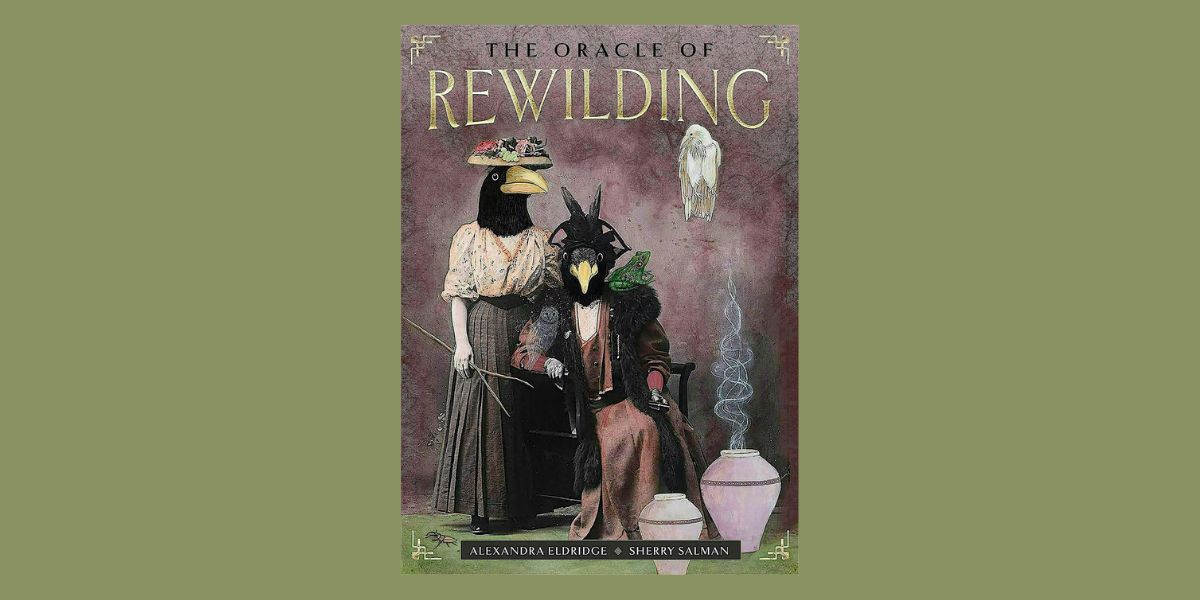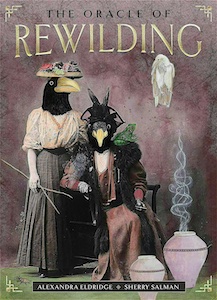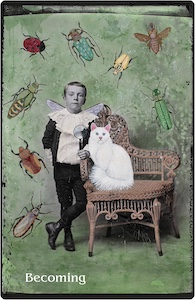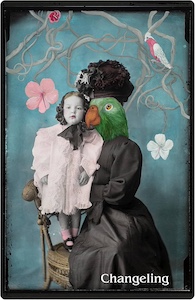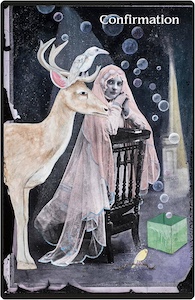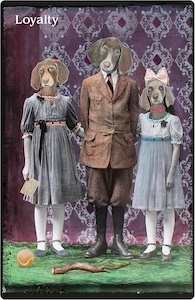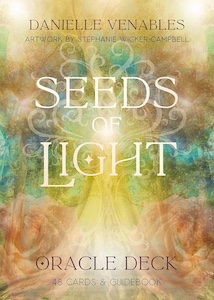
Seeds of Light Oracle Deck, by Danielle Venables with artwork by Stephanie Wicker-Campbell
Muse Oracle Press, 9780645885095, 140 pages, 48 cards, November 2025
Seeds of Light Oracle Deck by Danielle Venables with artwork by Stephanie Wicker-Campbell is a colorful deck that invites users to connect with their intuition and cultivate personal growth through its evocative imagery and thoughtful guidance.
Danielle Venables is an author, mentor, akashic guide, and mother. As a spiritual midwife, Venables’ work focuses on soul purpose, holistic success, conscious leadership, and motherhood initiations. She has guided hundreds of women on their journey of empowerment since the birth of her daughter in 2019. She feels that this personal event ignited her own spiritual awakening. With this deck, she wants to “plant seeds of light.”1 You can learn more about her on her website.
“It is her goal, and soul mission, to plant seeds of light across the planet and activate the remembering of the divine light within every soul here at this time and to ultimately see the very fabric of society shift into more peace and harmony.”2
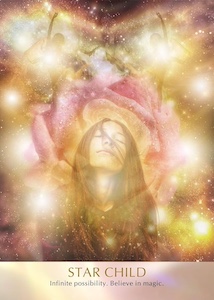
Stephanie Wicker-Campbell is a gifted illustrator and artist who combines artwork in a way that is simply out of this world. She has illustrated numerous oracle decks, journals, and book covers in rich hues and beautiful renderings. Here are some of her other publications reviewed previously.
What interested me about this deck was the name and the idea that we are all planting and harvesting “seeds of light.” As a lightworker in a modern world, I can use this special oracle for tapping into divine wisdom, and so can you!
To test the deck, I took it to my Friday Coffee & Cards group and my friends loved it! Here is a short recap of a few of the cards drawn by the ladies in the group and their response to the guidance:
TB had a question about a relationship.
She drew the card Let Go. She smiled when she read “Trust that what’s meant to stay in your life will stay, without you trying to control and hold it together.”3
KS wanted to know how to best support her daughter, who is struggling.
This is her card: Sovereignty. The guidance included a note to be mindful of being overly generous or overextending yourself. She knew exactly what that meant and thanked me (and Venables) for the guidance.
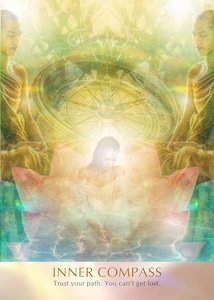
LK asked a question about a financial matter.
Her card was Integrity. She was really challenged by the questions posed in the guidebook and the admonition to “consider whether your actions align with your values and vision.”4
The guidebook is carefully structured to make finding the guidance for each card easy, as Venables lists each card in alphabetical order in the Table of Contents. For each card, she features a full-color photo of the card, lists the name of the card, a few key words, and then guidance.
She wraps up the written wisdom with what she calls “Integration” and lists two or three questions for more insight. I really love these questions, as it takes the guidance to a more personal level. You can journal your answers to the questions or just ponder the ideas presented.
Venables includes several spreads as well as a section on how to work with the cards. She covers the basics of setting the scene, shuffling, and allowing the cards to speak to you. Venables also presents the concept of reversed cards, how to read them, and gives several examples of interpretations of reversed cards.
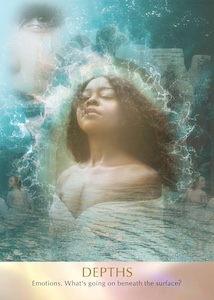
In the back of the guidebook, she includes a short appendix, which lists the types of senses or “clairs” that everyone uses to tap into spiritual wisdom. This is one of the best descriptions of this topic that I have seen.
One of the most striking features of the Seeds of Light Oracle Deck is its vibrant, uplifting artwork. Wicker-Campbell masterfully blends gentle pastels and radiant colors to convey a sense of hope, healing, and possibility on each card. The illustrations are modern yet timeless, with symbolic elements that encourage contemplation and connection. The back of the cards features a decorated frame that feels like a portal to higher guidance. One can use this image for meditation or gazing for more wisdom.
The card stock is of high quality with a smooth, matte finish, making shuffling easy and enjoyable. The deck is packaged in a two-part box that is both sturdy and beautifully designed, reflecting the care and intention behind this divination tool. The inside of the deck box reads:
“When you move in unwavering devotion to the desires of your heart, you can move mountains with faith alone.”5
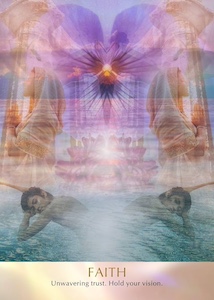
Overall, Seeds of Light Oracle Deck is a heartfelt, radiant companion for anyone seeking guidance, inspiration, or a deeper connection with their own inner wisdom. Its combination of beautiful artistry and thoughtful messaging makes it a valuable addition to any spiritual toolkit.
Venables’ words are positive, encouraging, and compassionate. Yet, the questions she poses invite introspection and accountability. Whether used for a daily card draw, in-depth spreads, or creative journaling, this deck truly plants seeds of light for personal and spiritual growth.
I plan to keep this deck on hand for my own daily card adventures and utilize it to close out client readings. The thoughtful questions Venables poses will be a great addition to my readings and discussions with clients and friends.

PJ Spur is an author, intuitive, spiritual mentor, astrologer, and hypnotist. She does tarot & oracle card readings, natal chart readings, grief coaching, and relationship healing. She also has hosted a weekly “Coffee & Cards” event with her Soul Compass Community for the past four years. Her book Navigating Grief with Grace is available on Amazon. Learn more at www.dearpj.com
